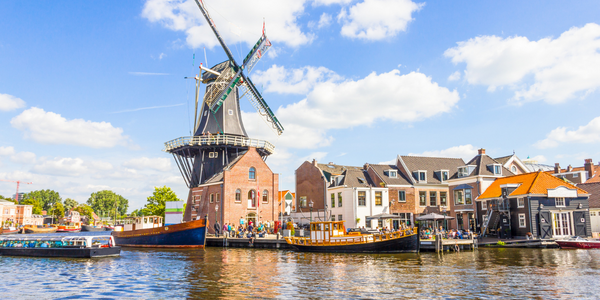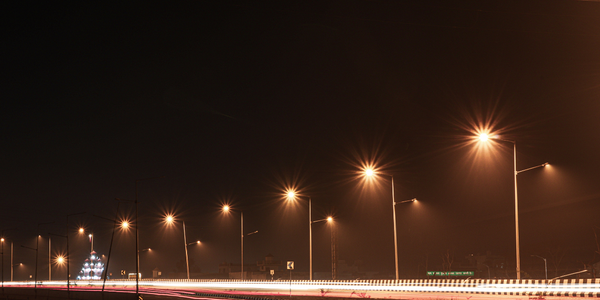Oxford's Smart Parking Solution: Enhancing Access and Revenue with IPS Group's Technology
公司规模
Mid-size Company
地区
- America
国家
- United States
产品
- IPS Smart Meters
- IPS Data Management System
- IPS Single-Space Parking Meters
技术栈
- Solar Powered Technology
- Wireless Networking
- Web-based Management System
实施规模
- Enterprise-wide Deployment
影响指标
- Revenue Growth
- Customer Satisfaction
- Productivity Improvements
技术
- 功能应用 - 远程监控系统
- 网络与连接 - 无线局域网
适用行业
- 城市与自治市
- 运输
适用功能
- 设施管理
- 商业运营
用例
- 智慧城市运营
服务
- 系统集成
- 软件设计与工程服务
关于客户
Oxford, Mississippi is a charming southern college town experiencing significant growth due to its proximity to the University of Mississippi and increased tourism. The downtown area, known as the Square, is a focal point for visitors, offering restaurants, shops, businesses, and government offices. The City of Oxford, with a population of 25,000, faced challenges in managing its limited parking spaces amidst this growth. The City sought to balance paid and free public parking options for its citizens and frequent visitors. The local government, including the Downtown Parking Advisory Commission (DPAC), aimed to improve access to the Square, increase revenue for parking infrastructure, and gain public support for a new paid parking initiative.
挑战
In 2012, Oxford, Mississippi faced challenges due to population growth from the nearby University of Mississippi, increased tourism, and strains on infrastructure. The limited parking spaces in the downtown area, known as the Square, were difficult to manage and enforce, leading to cars remaining parked beyond legal time limits. This situation prevented new customers from accessing the Square, impacting local businesses. With only a three-person parking department, the City needed an efficient system to manage and enforce high-traffic regions. The City considered introducing a pay-to-park system in the previously free parking area to improve access, increase revenue, and gain public support for the new initiative.
解决方案
The City of Oxford partnered with IPS Group, Inc. to implement a paid parking system using single-space parking meters. IPS worked with a local contractor to install the meters in the downtown area, ensuring minimal disruption to the historic streetscape. The solar-powered, wirelessly networked meters required no additional power or communications infrastructure. The new meters supported dynamic rate structures, allowing the City to adjust rates according to demand. Motorists could use various payment options, including credit/debit cards and mobile phones. The implementation of the IPS meters was an overwhelming success, exceeding revenue expectations and improving access to the Square. The IPS Data Management System provided valuable resources for managing citations, checking revenue, analyzing data, and monitoring parking trends.
运营影响
数量效益

Case Study missing?
Start adding your own!
Register with your work email and create a new case study profile for your business.
相关案例.

Case Study
Turning A Stadium Into A Smart Building
Honeywell created what it called the “intelligent system” for the National Stadium in Beijing, China, turning the venue for the opening and closing events at the 2008 Summer Olympics into a “smart building.” Designed by highly controversial artist Ai Weiwei, the “Bird’s Nest” remains one of the most impressive feats of stadium architecture in the world. The 250,000 square meter structure housed more than 100,000 athletes and spectators at a time. To accommodate such capacity, China turned to Honeywell’s EBI Integrated Building Management System to create an integrated “intelligent system” for improved building security, safety and energy efficiency.
.png)
Case Study
Smart Street Light Network (Copenhagen)
Key stakeholders are taking a comprehensive approach to rethinking smart city innovation. City leaders have collaborated through partnerships involving government, research institutions and solution providers. The Copenhagen Solutions Lab is one of the leading organizations at the forefront of this movement. By bringing together manufacturers with municipal buyers, the Copenhagen Solutions Lab has catalyzed the development and deployment of next-generation smart city innovations. Copenhagen is leveraging this unique approach to accelerate the implementation of smart city solutions. One of the primary focus areas is LED street lighting.

Case Study
Airport SCADA Systems Improve Service Levels
Modern airports are one of the busiest environments on Earth and rely on process automation equipment to ensure service operators achieve their KPIs. Increasingly airport SCADA systems are being used to control all aspects of the operation and associated facilities. This is because unplanned system downtime can cost dearly, both in terms of reduced revenues and the associated loss of customer satisfaction due to inevitable travel inconvenience and disruption.

Case Study
IoT-based Fleet Intelligence Innovation
Speed to market is precious for DRVR, a rapidly growing start-up company. With a business model dependent on reliable mobile data, managers were spending their lives trying to negotiate data roaming deals with mobile network operators in different countries. And, even then, service quality was a constant concern.

Case Study
Buoy Status Monitoring with LoRa
The Netherlands are well-known for their inland waterways, canals, sluices and of course port activities. The Dutch Ministry of Infrastructure indicates that there are thousands of buoys and fixed items in and near water environments that would profit from IoT monitoring. One of the problems with buoys for example, is that they get hit by ships and the anchor cable breaks. Without connectivity, it takes quite some time to find out that something has happened with that buoy. Not to mention the costs of renting a boat to go to the buoy to fix it. Another important issue, is that there is no real-time monitoring of the buoys at this moment. Only by physically visiting the object on the water, one gains insight in its status.







